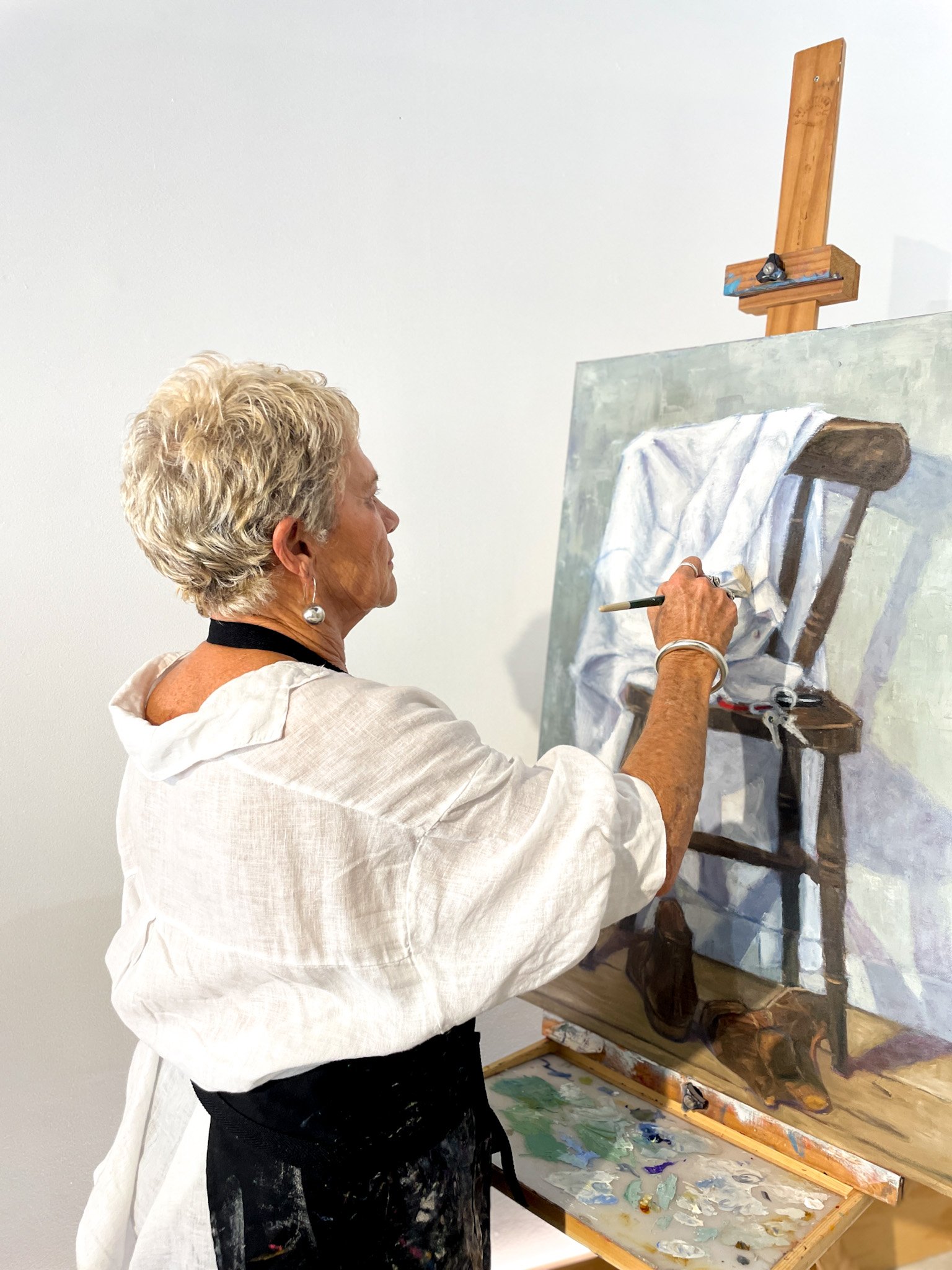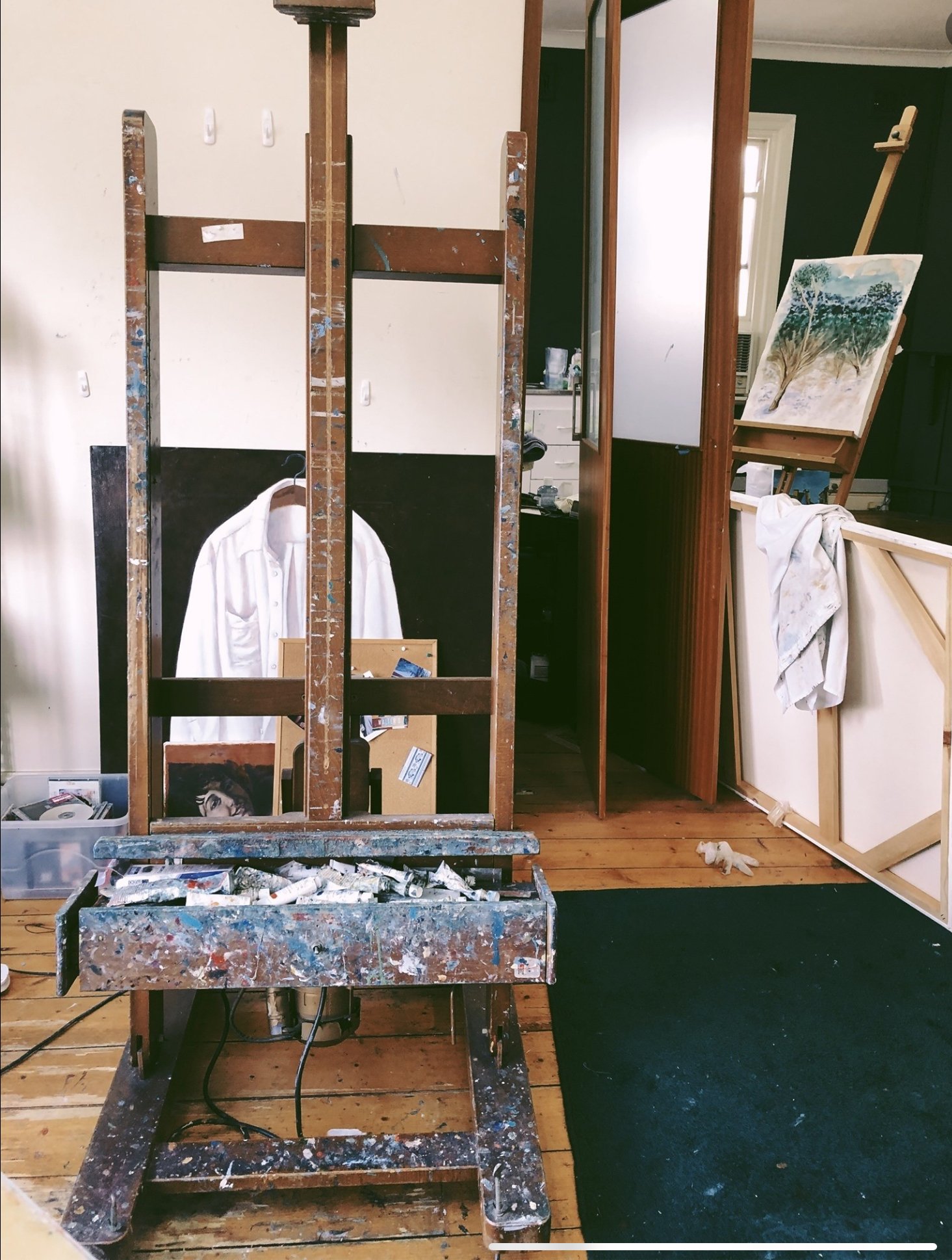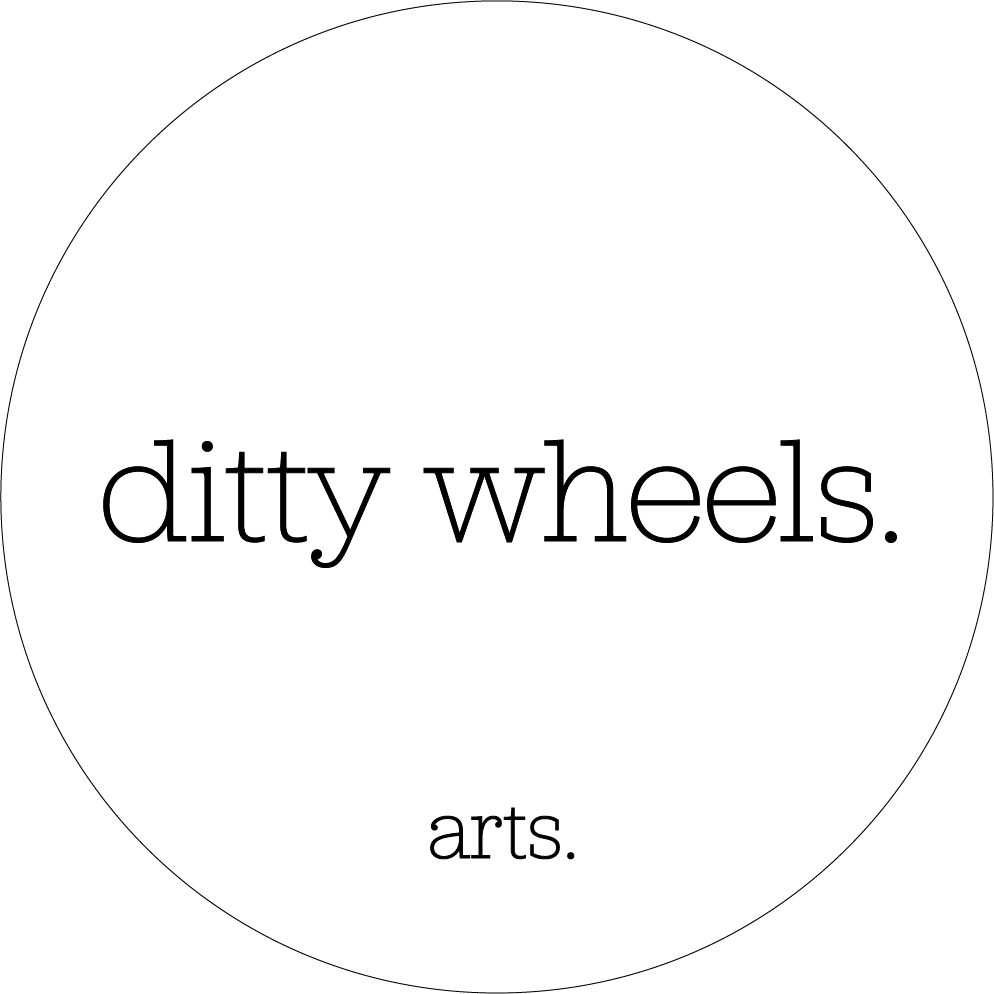Theatre of the Object
Annie Pavlovic
Opening Night 20th of March 6-8pm


Artist Interview
Ditty Wheels is opening up the year with a stunning new exhibition showcasing the work of the highly acclaimed Sydney based artist Annie Pavlovic.
Pavlovic’s still life’s are tranquil, vibrant and elegant, imbued with the formal qualities of a 17th Century Dutch still life with the muted colour palate of a Giorgio Morandi. This new body of work transforms objects from the domestic realm through colour and texture, presenting us with the drama of the mundane.
This new body of work requires contemplation and quiet observation, a true joy to the eye. Pavlovic approaches her subject with an ease and familiarity highlighting the nuances of every day items through subtle tweaks in composition and lighting. Through her extensive travels through Europe Pavlovic brings back the classical approaches to the age old genre of the still life.
Below the artist has answered some questions about the show and her latest body of work.
Join us for a night of celebrating these fantastic works and make sure to join our mailing list for updates.
Which artists are your greatest inspiration and why? Which aspect of your art do they inspire; colour palette, subject matter etc.
My main influences have been 17th Century Dutch Still Life Painters in particular Chardin - for his compositions. His primary subject was “la vie silencieuse” (or the silent life) - humble, everyday scenes from family life. Also 20th century legend of still-life artist, Giorgio Morandi with his muted palate and contemplative still lifes with endless variety within the arrangements of unremarkable objects. The resulting compositions feel intimate, domestic and tranquil.
What draws you to the specific objects you paint?
In this body of work I employ a representational approach to explore the still-life genre. Many of my still life objects refer to my regional Australian heritage and more generally the realm of the domestic. By removing them from their ordinary context and employing still-life conventions of arranging objects on a plane, lighting and using the formal elements of painting, especially colour and texture to enhance their individual properties.
Speak to us about the title of the show, Theatre of the Object. Why did you choose this title and how does it speak to the body of work you have made?
These every day objects transcend their functionality and are invested with personality, wit and an ‘almost human quality. Hence “The Theatre Of The Objects”. In a world where are constantly bombarded with images from the media and are accustomed to absorbing them rapidly my work offers a slower alternative to this conditioning through the quiet observation of ordinary things.
